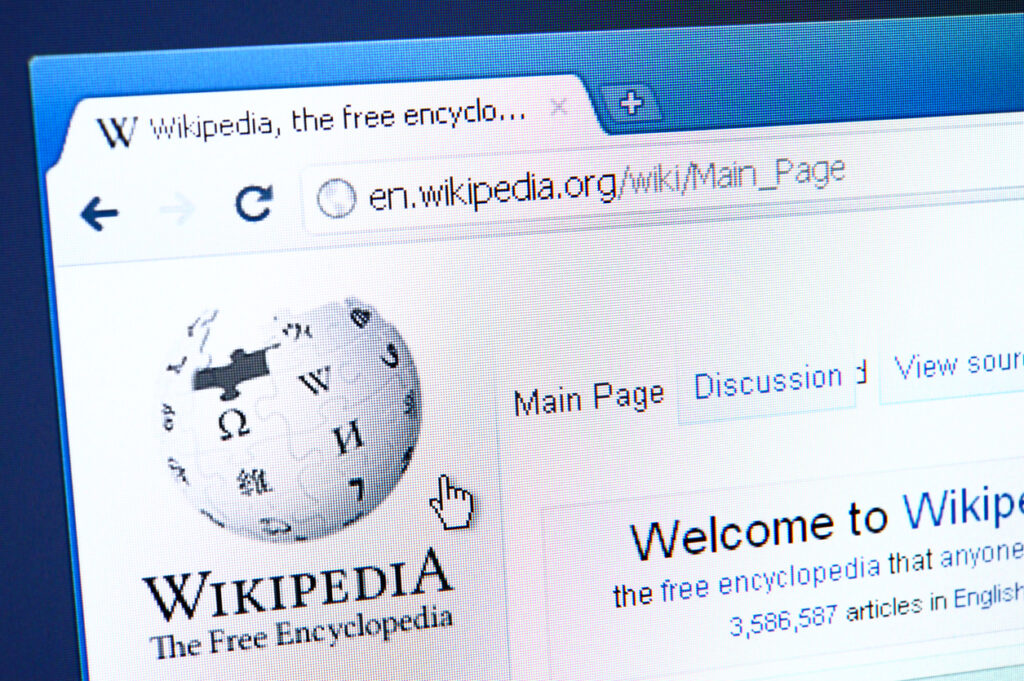Open collaboration platforms have dramatically increased the world’s access to a wide range of educational information. English-language Wikipedia alone contains more than 60 times as many words as the Encyclopedia Britannica. Yet because contributors to such platforms are volunteers, enormous gaps remain — even compared to significantly smaller, professionally written and edited peers. Such information inequities aren’t simply unfortunate; they may actually drive economic inequities.
New research published in Information Systems Research by Dylan Walker, a Questrom assistant professor of Information Systems, Kai Zhu a Questrom PhD student, and Lev Muchnik from Hebrew University of Jerusalem, indicates that there are ways to launch and sustain interest in these neglected areas. “We found that when you [strategically] encourage people to fill a gap in Wikipedia, these articles get increased attention for a long time,” says Walker. “[Our research] suggests that there are ways we can get rid of some of the inequities between richly developed areas on Wikipedia, and ones that are less developed.”
To study the issue, the trio analyzed thousands of articles developed by college students as part of a campaign by the Wikipedia Education Foundation to fill information gaps, as well as thousands of similar articles that did not receive content contributions from students. They also ran simulations to understand how people clicked from page to page within Wikipedia.
Their work led to an array of significant findings. First, the articles that received content contributions saw a 12 percent increase in attention, which lasted for at least 26 weeks. They also had a significantly higher number of edits and new editors — beyond just the contributions from the students — than the control group even after the campaign finished.
Finally, through simulations, the research team found that zeroing in on impoverished regions of Wikipedia, rather than simply individual articles, could even further improve the impact of content additions. Thanks to spillover effects — readers clicking from link to link within a given area — this “attention contagion” roughly doubled the attention to disadvantaged articles.
For Walker, these findings are good news. They show a clear path to follow for Wikipedia and other information networks, such as the programming site Stack Overflow, to improve the balance of information that they offer. “There are many systems that have information that’s linked together,” he says. “This research helps us understand how adding information to the system can add attention and editors who will pour in even more information. It shows us how we might fix information-impoverished areas.”
